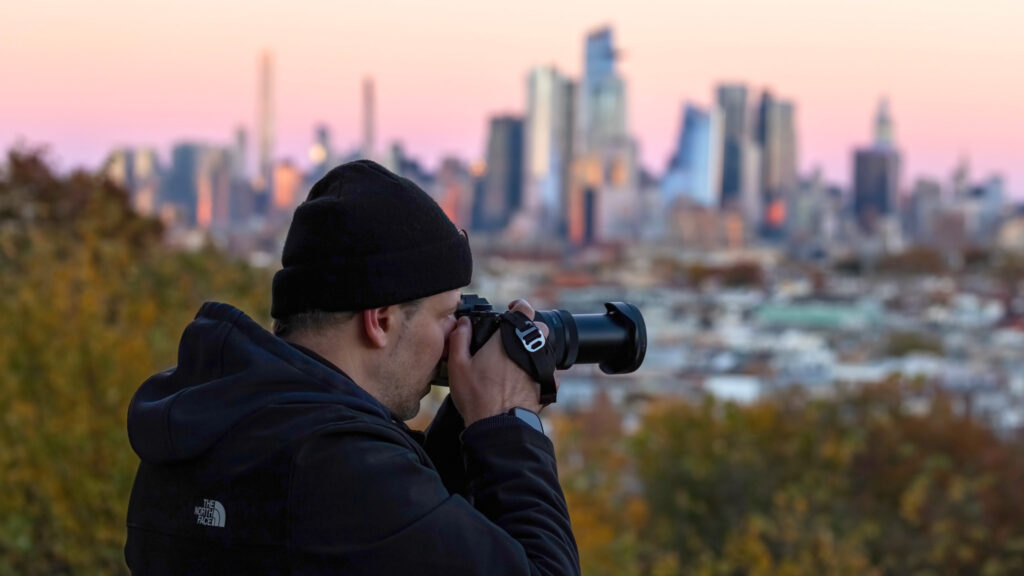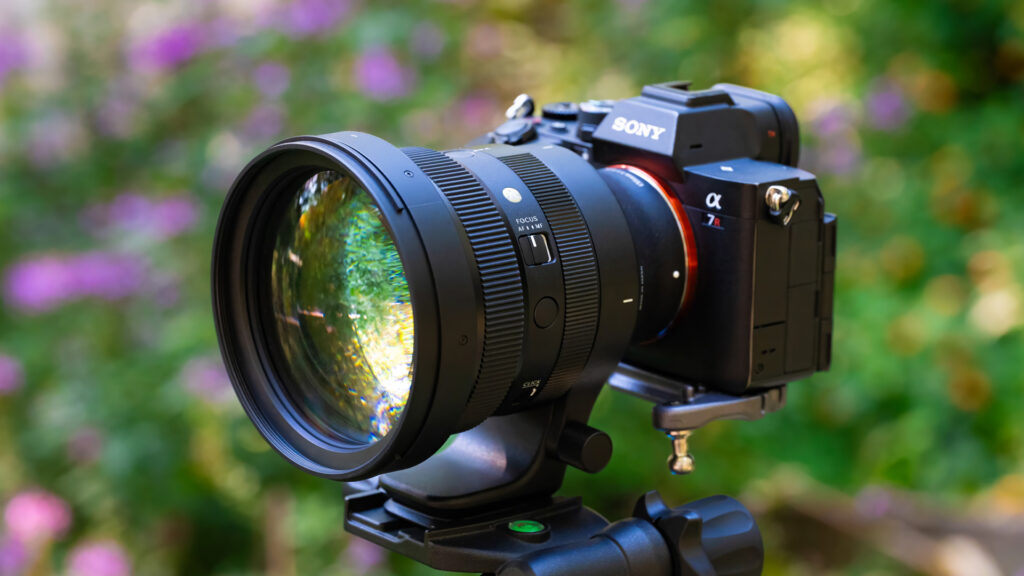Well, that was fun!
I just returned home from a trip through the Pacific Northwest with SIGMA’s newest full frame and ultralight camera, the SIGMA fp L. I am not really sure what L stands for, but after shooting with this camera and lens combo I think it stands for “Limitless”. I was thinking about all the ways the camera could be used, and I think just about every photographer out there could benefit from the amazing image quality and the portability of this camera.
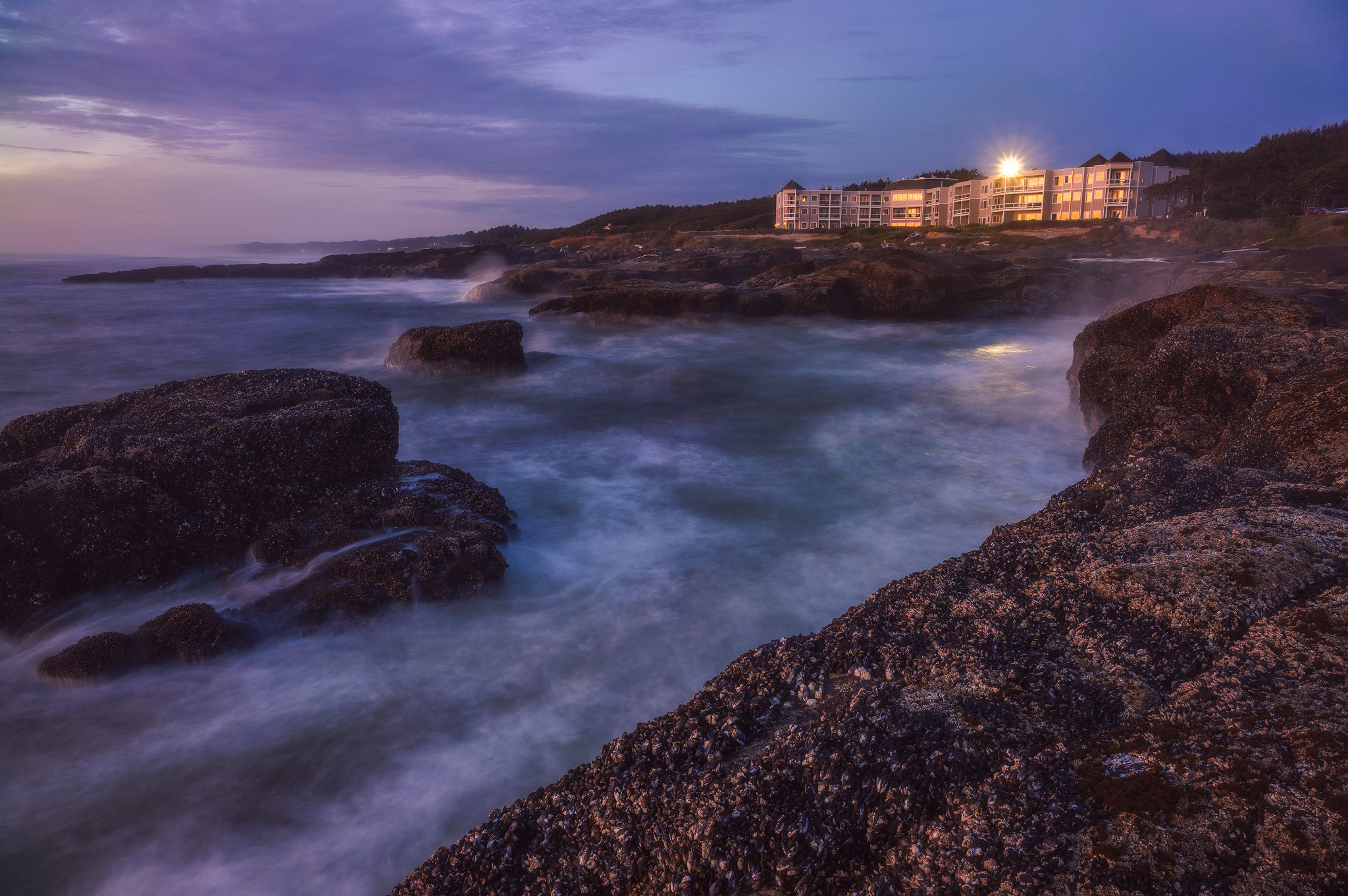
Why the SIGMA fp L Makes Sense for a Landscape Photographer
I currently shoot with a full size DSLR and all the lenses that go along with it. When my bag is packed, it weighs in at roughly 45 pounds. While I’m not getting any younger, my drive for adventure is not easing up, and I find myself traveling now more than ever. As I get older, I really need to think about the wear and tear on my body from carrying such a heavy bag.
I have recently been looking for a smaller camera that won’t sacrifice image quality that I can take on day hikes or short overnight backpacking trips. Up until recently, most full-frame mirrorless camera systems offered the same sort of bulky lenses used with DSLRs. Often, having a smaller camera wasn’t that much of a weight advantage, but now, with smaller lenses like these and their amazing quality, the decision to downsize is a justifiable one.
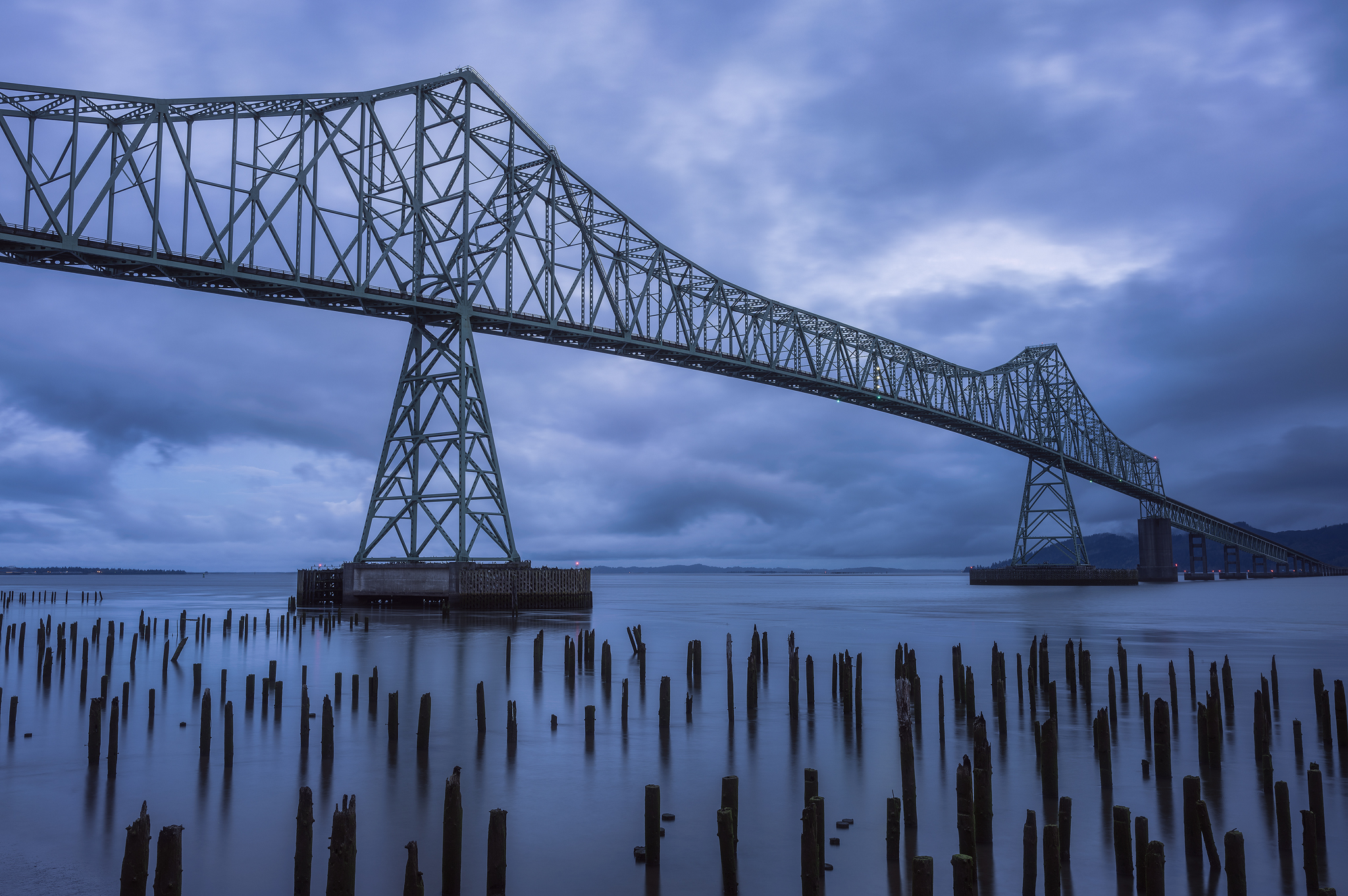
Before setting out on this trip, I also packed SIGMA’s latest I series lenses to complete this ultralight package. This is going to blow your mind. I had the SIGMA fp L 61-megapixel mirrorless camera, 24mm F3.5, 35mm F2 and 65mm F2 I series prime lenses, plus an extra battery, and the total weight was only 3.2 pounds (1.45kg). That’s insane! It’s easy for me to say that the difference in weight was a huge relief to my body.
Exploring the Pacific Northwest with the fp L
The first hike I did in the Columbia River Gorge was to Spirit Falls, near Carson, Washington. The hike is a short but brutally steep one, starting out high and heading down to the waterfall, roughly a mile down… which means a mile back up. The hike is so steep (read the Alltrails reviews) that I honestly don’t know If I could have made it back up with a 45-pound pack on. Having the fp L and three compact lenses was a blessing in that there was literally no stress on my back from carrying extra weight.
This waterfall is the only one in the Columbia River Gorge that has this gorgeous blue color to it from mineral runoff. One of the nice things about this camera is that the ISO will go down to 6. Yes, 6. This makes shooting in daylight without a filter a breeze when your subject isn’t being affected by the wind, leading to long-exposure effects like this.
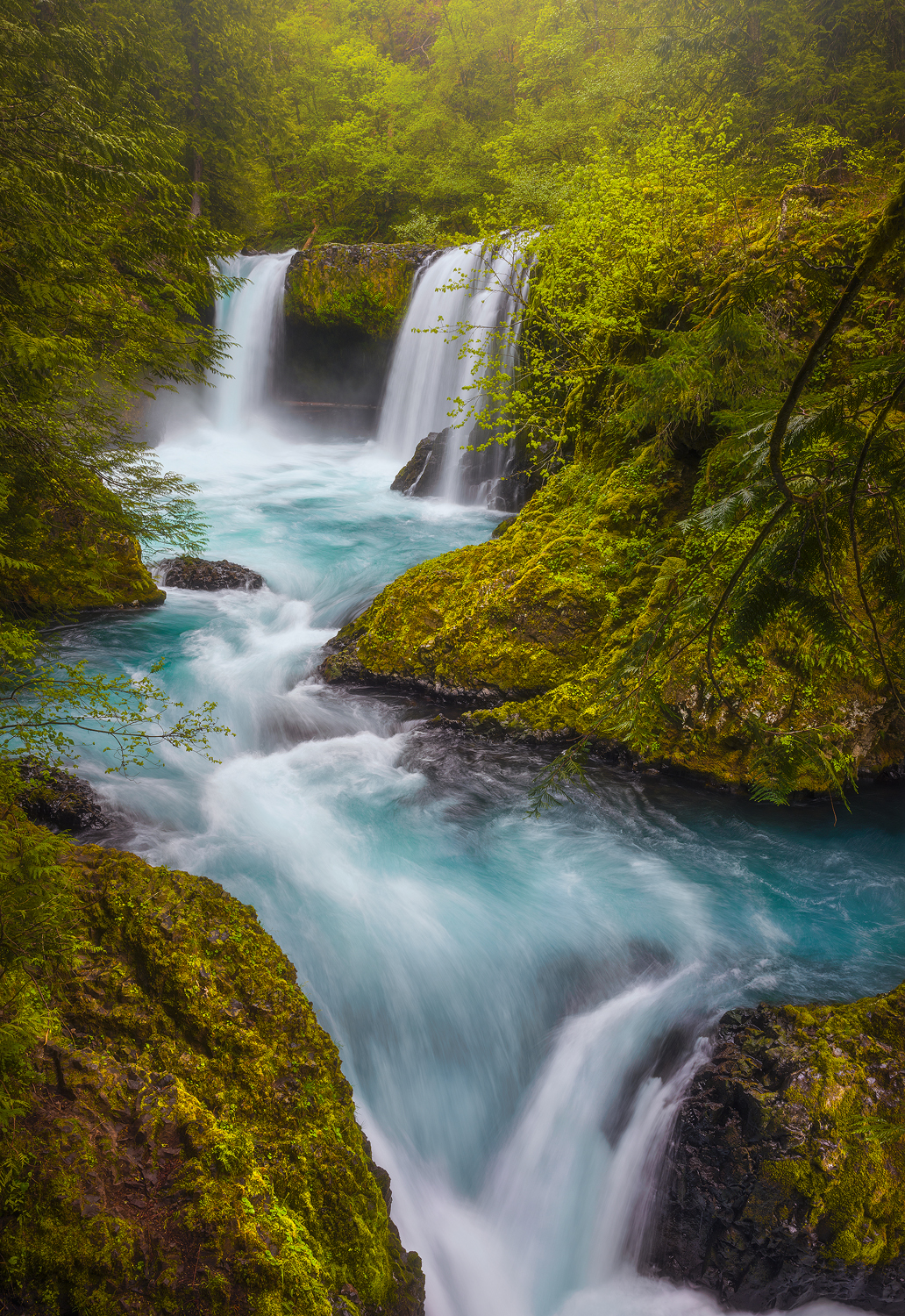
After making the climb back to my car and still pinching myself, telling myself I am not dreaming, yes the water really is that color, I decided to explore the Gifford Pinchot National Forest. Being from the northwest, rain was no issue for me, and my photo gear held up well, too. The entire camera and lens mounts are weather sealed, and a light rain was no problem for the lenses, either. With the soft light of the grey clouds, I put on the 65mm F2 DG DN | Contemporary lens and got down close to this beautiful Trillium flower growing on the forest floor. The moisture from the rain really helped to bring out the colors.
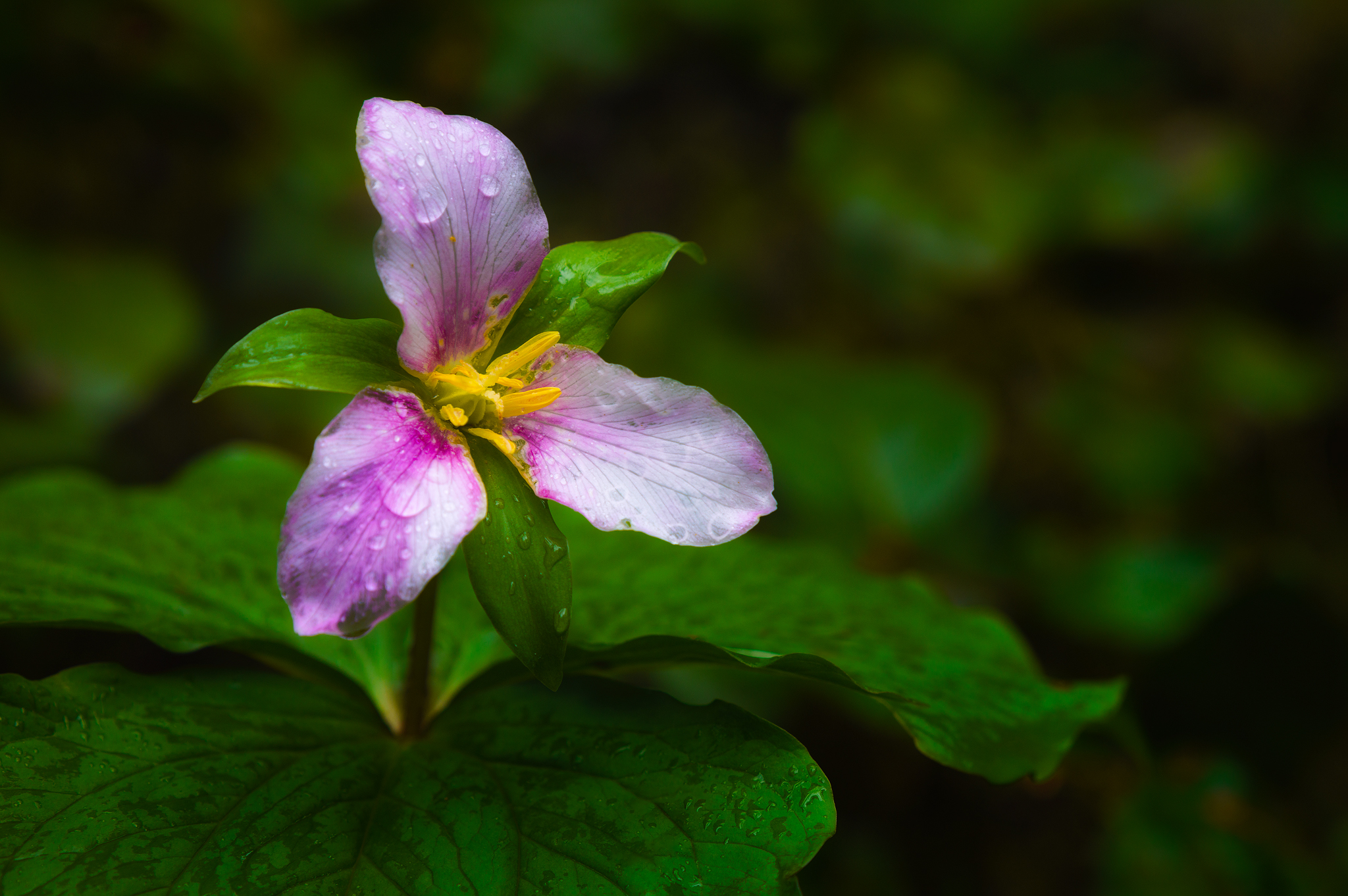
Once I saw the image quality and details captured by this amazing 61MP sensor, I kept finding myself trying to get closer to the subject. With a 20-inch minimum focusing distance, I was pushing the limits here. I just wanted to get as close as I could to make sure all the details were visible.
After hiking around the forest all day, it was time to pack up (super easy with this setup) and head west toward the coast. I had a couple shots in mind, and the weather worked beautifully in my favor after a night of pouring rain. In the midst of the light drizzle, I found the location to view the Astoria bridge that connects Oregon and Washington. Morning traffic made this shot fairly easy. I was able to get the car lights trailing by using a long exposure along with the 65mm F2 DG DN | Contemporary. If you look close you can even see boat lights going under the bridge.
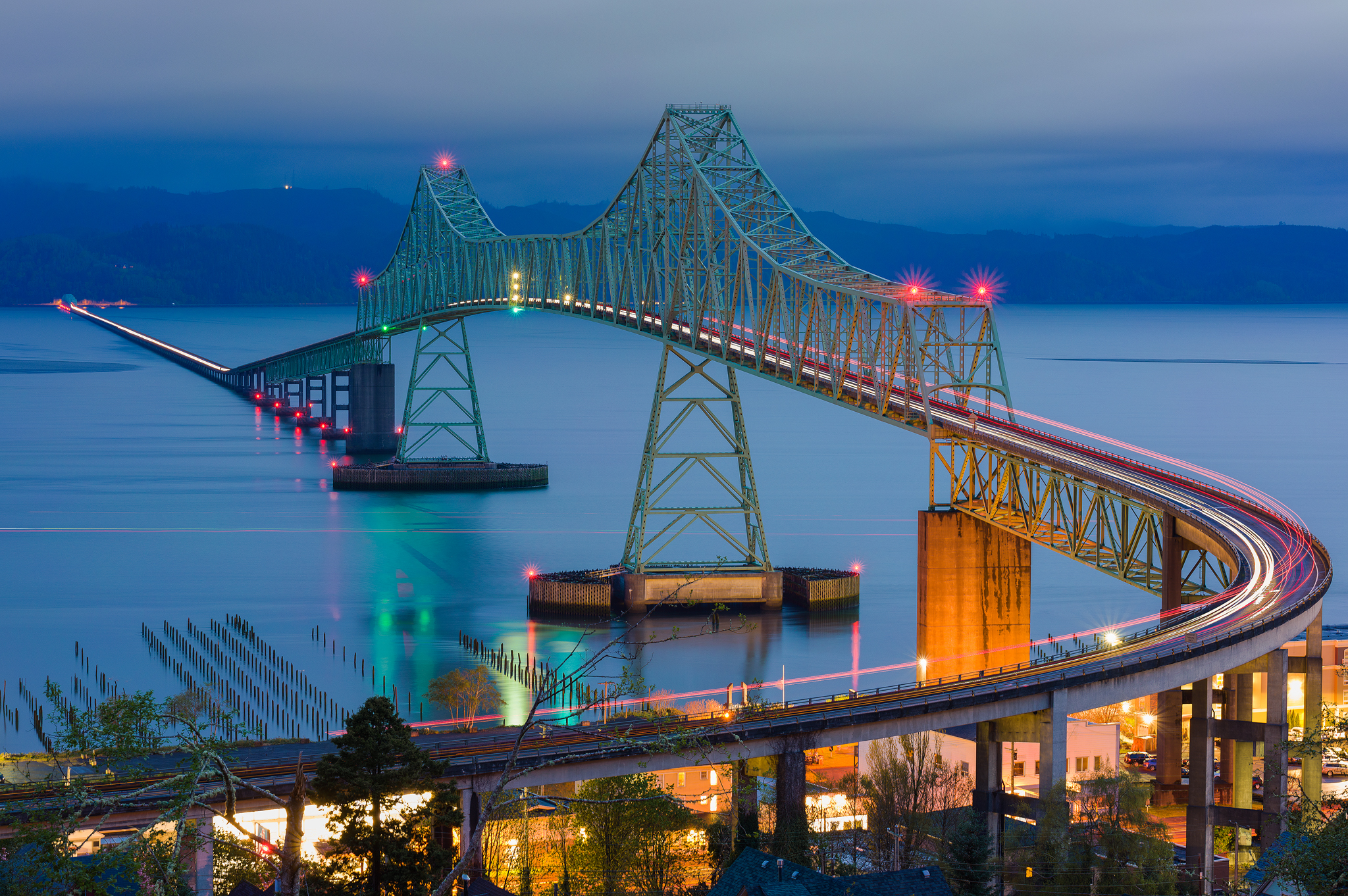
My next stop was the Peter Iredale shipwreck along the north Oregon coast. This ship ran ashore on Oct. 25, 1906, and has been sitting here rusting away ever since. This was a location where I wanted to really showcase how small the SIGMA fp L and 24mm F3.5 DG DN | Contemporary are. I had the whole beach to myself and I was able to work this scene from a few different angles. I was happy the clouds hung around this morning so I could capture this unique scene with the lines in the sand.
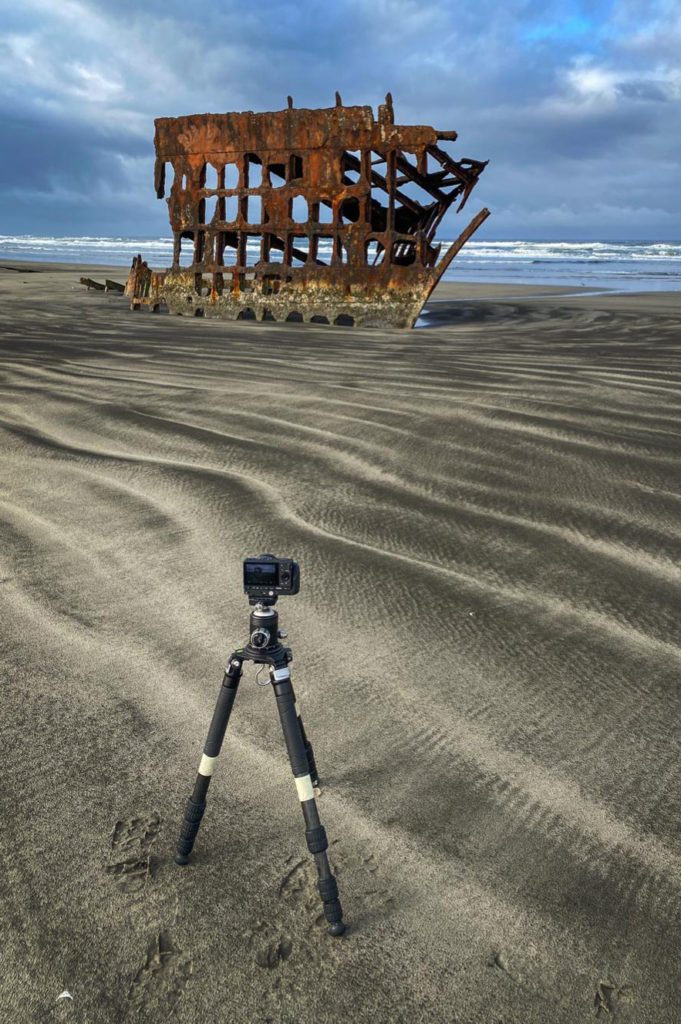
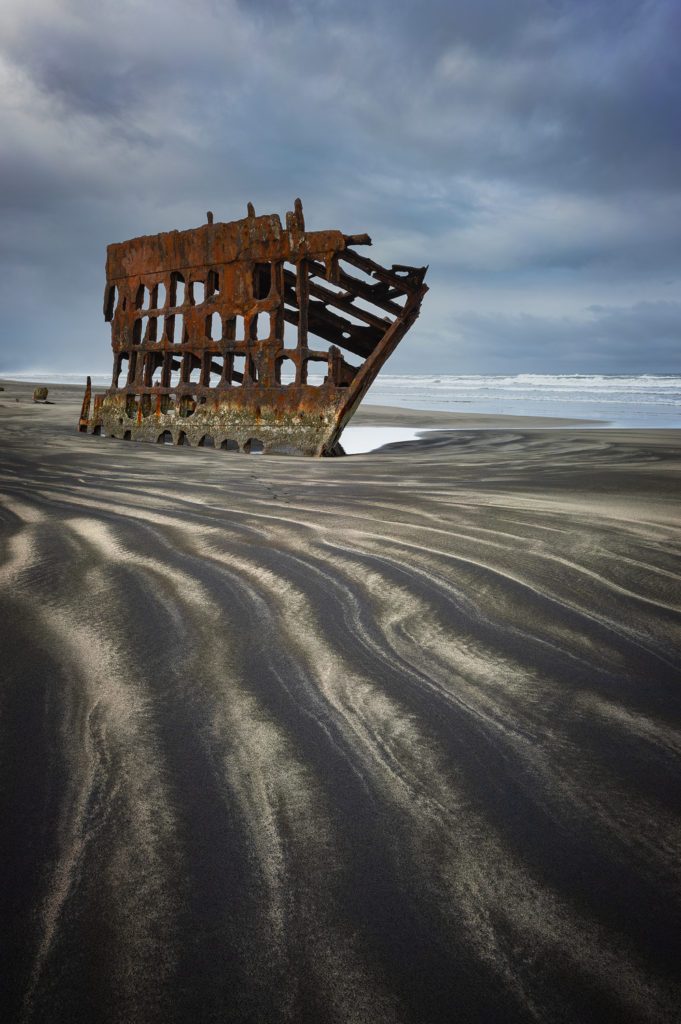
1/20s, F16, ISO 100

While the fp L is extremely small, it does have optional accessories if you want to bulk it up a bit. During this shoot, I used the HG-21 handgrip accessory — which also works with the original fp — and it felt good when holding and using the camera. As you can see below, it’s large enough to get a secure grip but still small enough that it won’t hinder portability. It made the camera feel more like a DSLR, and the added security of the grip made it super easy to use when just walking around without a tripod.

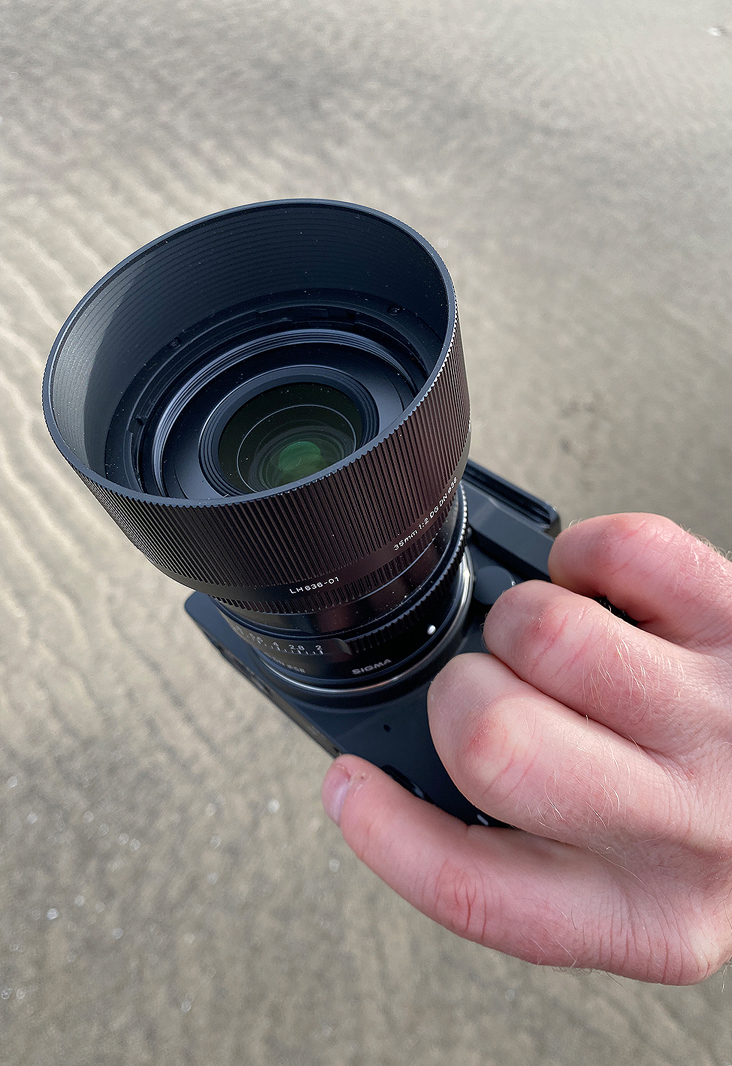
On the road once again, headed south to the central Oregon coast, searching for unique things to photograph along the beach at low tide. I loved the fact that I could just toss my bag over my shoulder and walk all day without feeling tired due to the weight of the gear. Walking in sand and on rocky surfaces was not an issue. I never felt like the weight of the gear was a hinderance of any kind. I did get some odd looks from people on the beach when I would shoot scenes like this, however. I think they were trying to figure out if I was using a cell phone to shoot the bubbles in the grass, because the camera is actually not as wide as my phone.


Because the lenses are so small and so easy to swap out quickly, I found myself changing lenses often to get the image framed just right. Here are a couple images I shot with the 35mm F2 DG DN | Contemporary. This first one was shot at the same beach as the above bubbles image, just a few feet down the beach. I loved how the sea grass looked like it was swirling around in the shallow water. The early morning light created nice depth to the image as it was up high enough to light the scene but still low enough to create light and dark areas around the grasses.
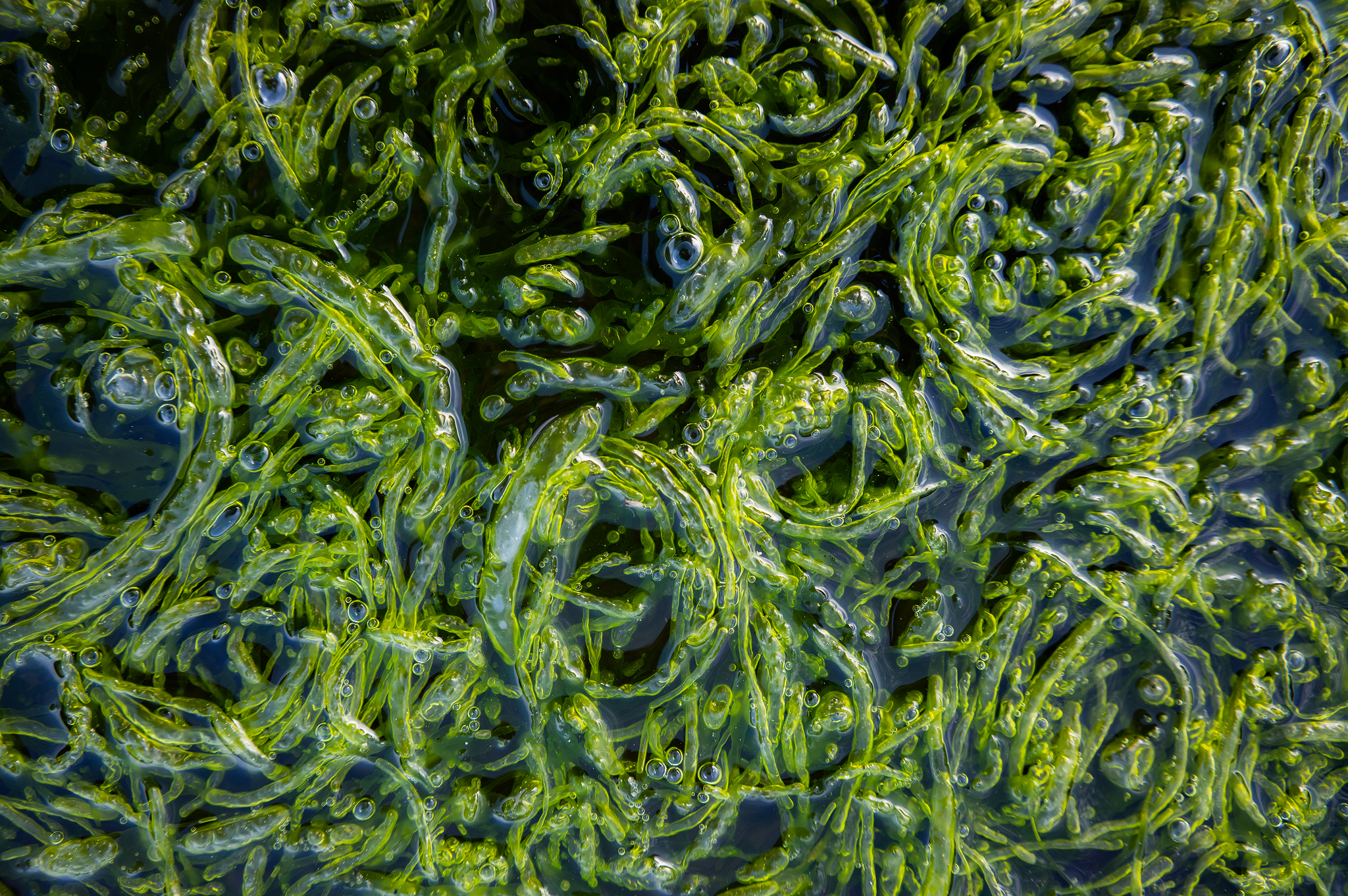
The wooden bridge over the East Fork of the Lewis River in Washington is very close to my old home. As I was driving through the area, I felt the need to stop and enjoy a moment of calm. It’s hard for me to go places and not take pictures, and so once again I just tossed the bag over my shoulder and headed toward the water’s edge. I love how the little bubbles in the water create streaks when you use a long exposure.
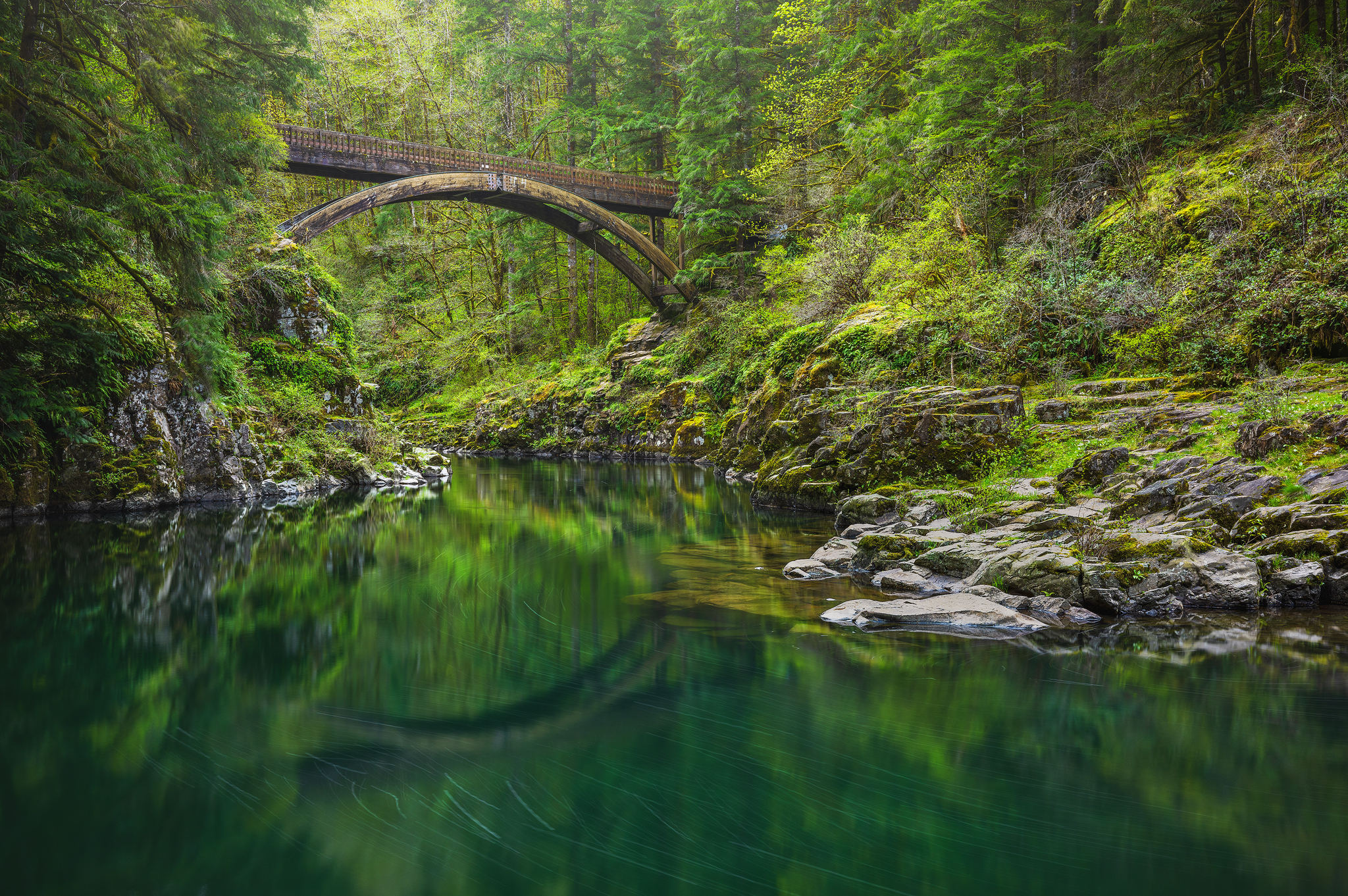
As I reviewed my photos, I was just blown away that a camera and lens combo so small and portable could provide such amazing images. Each night, I would review the day’s images and get more excited about the next day. Knowing that I was not sacrificing any image quality by using a smaller, much lighter camera setup was sure a weight lifted off me.
With only a couple days left on my trip, I crossed my fingers for ideal weather so I could photograph the moon setting over the ocean. As someone who grew up on the Oregon coast, this, to me, is one of the most amazing things you can witness. Every chance I get I will go watch the moon set. Because full moons set and rise near sunrise and sunset hours, it makes the experience that much better in true, living color.
For this image, I used the 65mm F2 DG DN | C lens, which framed the scene perfectly. I loved how the moon was right between the clouds. Having a camera so small makes working with it that much easier so I don’t miss shots by fumbling around.
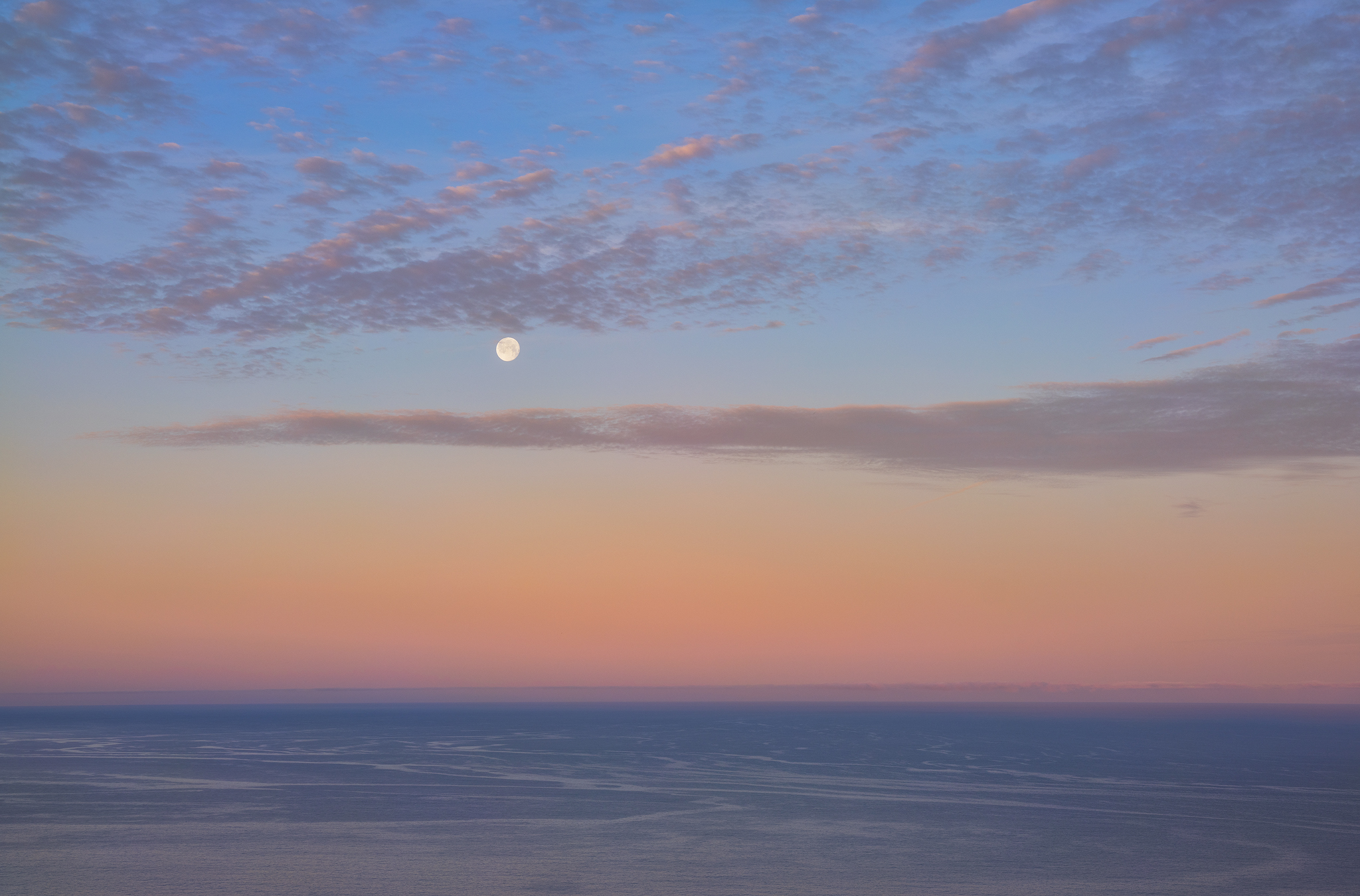
With only two days of shooting left before I set the camera down to spend a few days with my dad, I knew I needed some luck with the weather. Fortunately, I was granted my wish with a gorgeous sunset in Pacific City at Haystack Rock. It was low tide, so the starfish were out. I wanted to capture a scene which included the water, starfish, sunset and some nice leading lines. I spent about an hour walking around looking for a nice location so I would be ready when the sun dipped and lit up the sky.
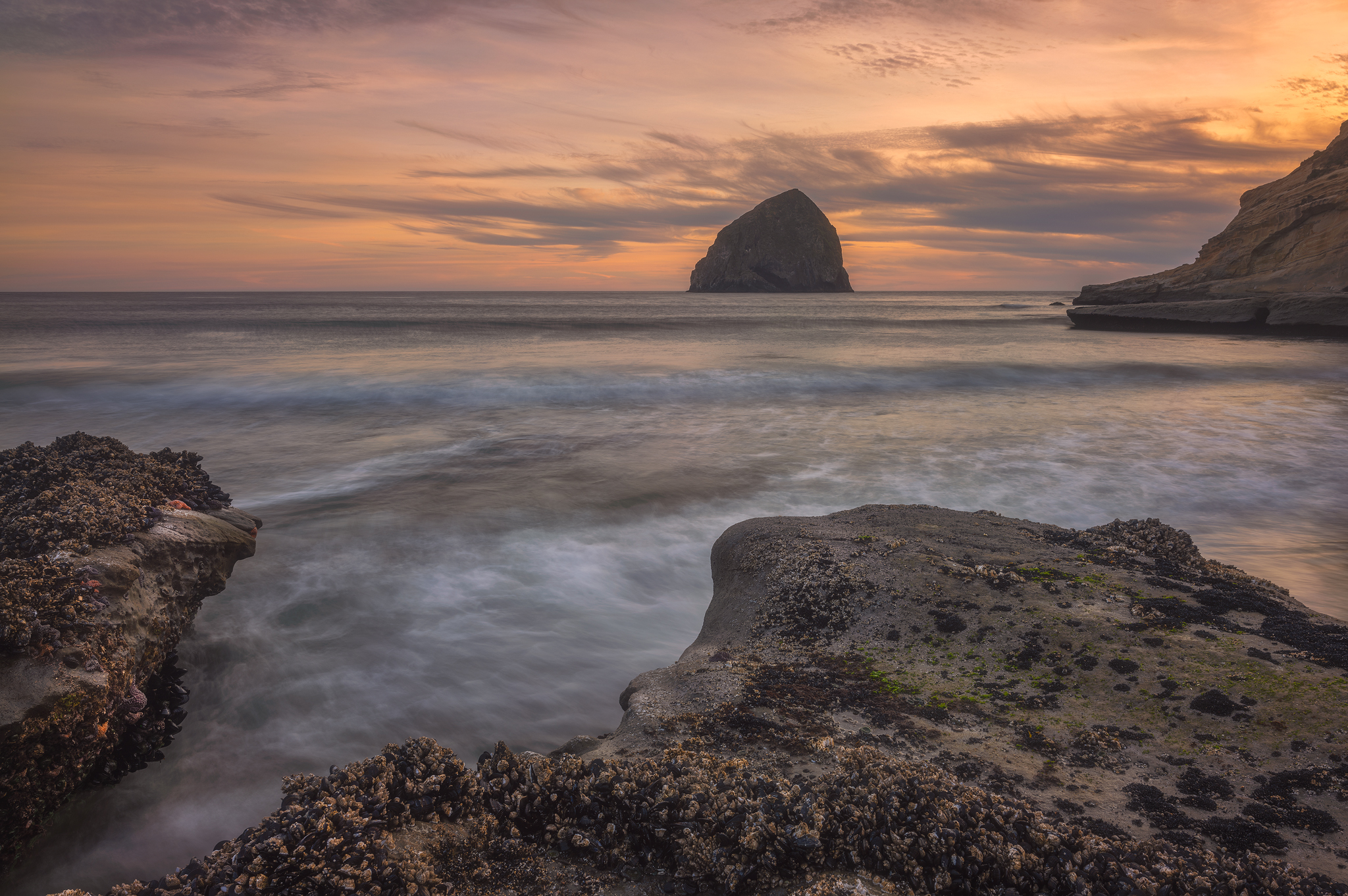
The next morning I got up and arrived at the “Ghost Forest” to shoot the sunrise. It was foggy. I rarely get discouraged when I am out shooting, because just being outside is what landscape photography is all about. Personally, I love a good foggy morning. I walked down the beach with my gear over my shoulder and found this fun composition that allowed me to capture Proposal Rock, the ghost forest trees and the ripples in the sand, all with a nice, foggy morning mood. This was a great way to end my little adventure with an even smaller camera and lens setup.
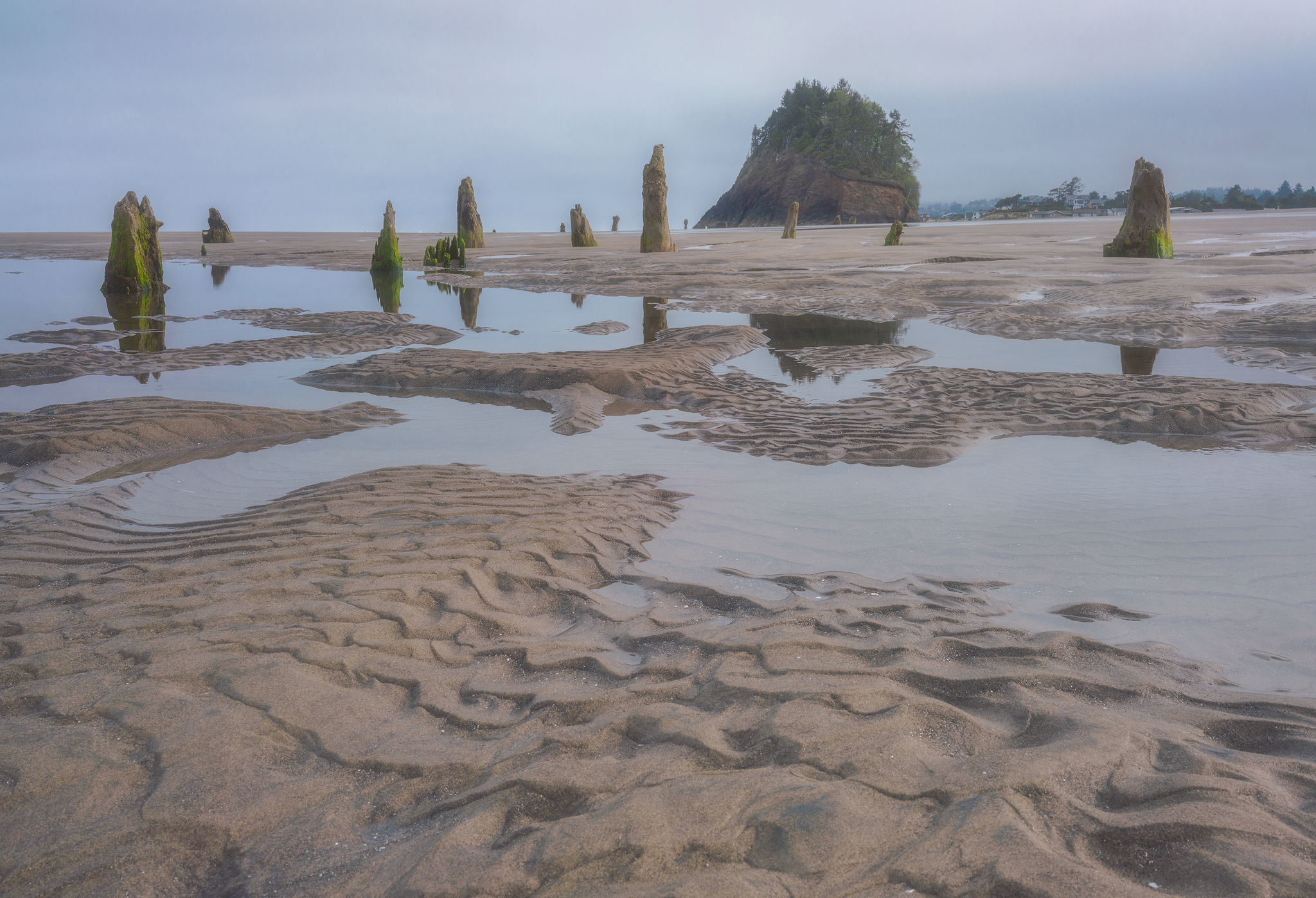
Overall Impressions of the SIGMA fp L & I series Lenses
After shooting with this camera and combination of lenses for several hours a day over the last 10 days, I can honestly say it’s fun to use, the image quality is great and all three lenses were super sharp. The SIGMA fp L is very easy to use thanks to its Quick Select button. This button brings up all the important things a landscape photographer needs without having to hunt through menu options. The main menu is pretty easy to figure out as well.
I just can’t say enough good things about the size and portability of the camera and lenses in relation to image quality. It’s a beautifully designed camera that packs a punch. The reality is that you really don’t even need a camera bag for this camera. If you are doing a day hike, you could put it in your backpack, strap it over your neck/shoulders and not even notice it’s there. When you get home, you will find quite a bit of joy in the image quality knowing you didn’t stress your body to the limits with the size and weight of full-size camera and lenses. Remember, the total weight for the SIGMA fp L and three I series lenses is only 3.2 pounds. That’s quite a significant difference in weight if you plan on hiking or simply walking around a city all day.
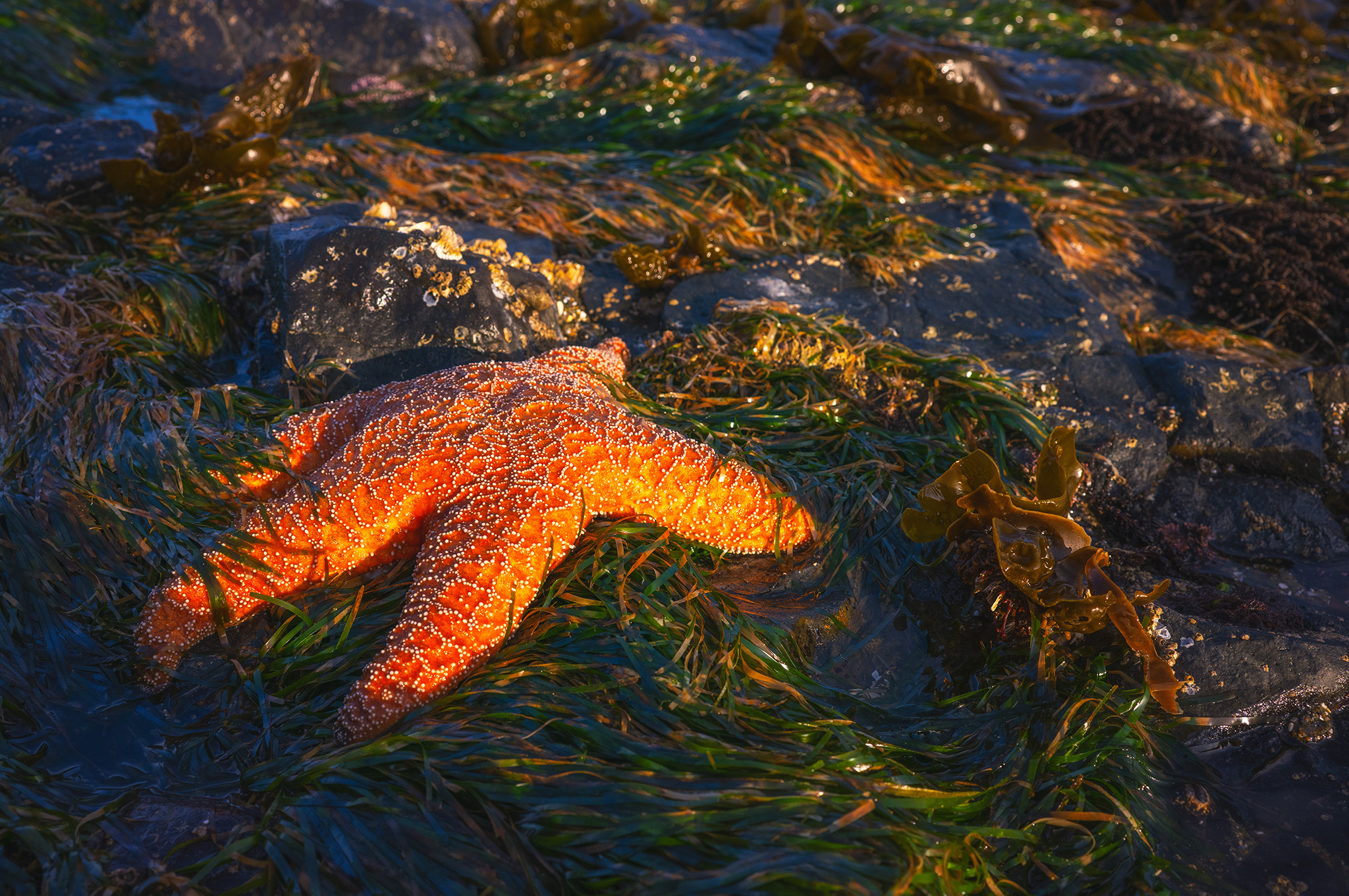
Last but not least, here are a few images in real world situations so you can see the camera with both the optional HG-21 hand grip (there’s also a smaller HG-11 grip) and the optional EVF-11. If you’re looking for an upgrade that will lessen the weight of your gear without sacrificing image quality, this may be the solution. If you are looking for a good camera for a younger person, this will sure give them an advantage not only in image quality, but also in ease of use. And now that I have all my images processed, I am looking forward to making some large prints!

Bonus Gallery from Darren’s PNW Trip!
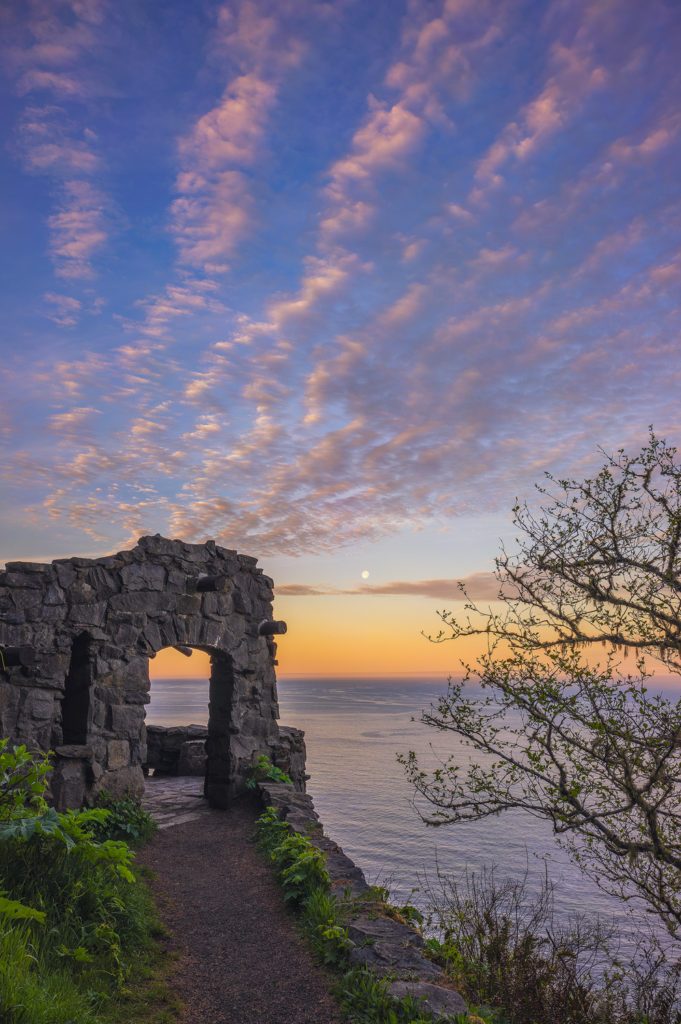
SIGMA fp L + 24mm F3.5 DG DN | C
1/40s, F11, ISO 100

SIGMA fp L + 24mm F3.5 DG DN | C
1/800s, F7.1, ISO 400
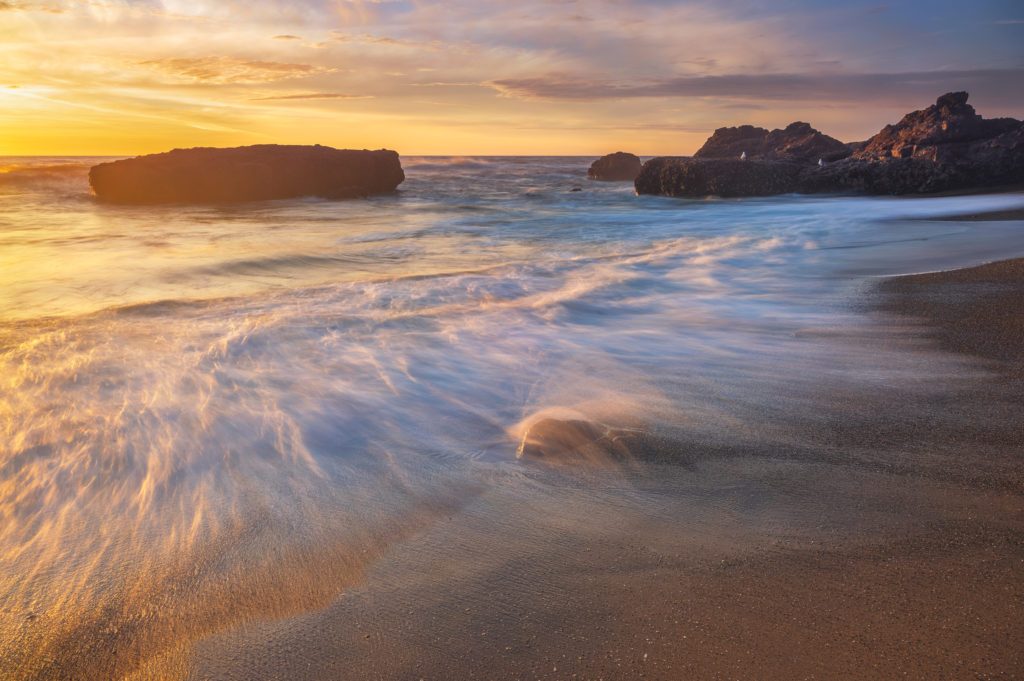
SIGMA fp L + 24mm F3.5 DG DN | C
1s, F14, ISO 100
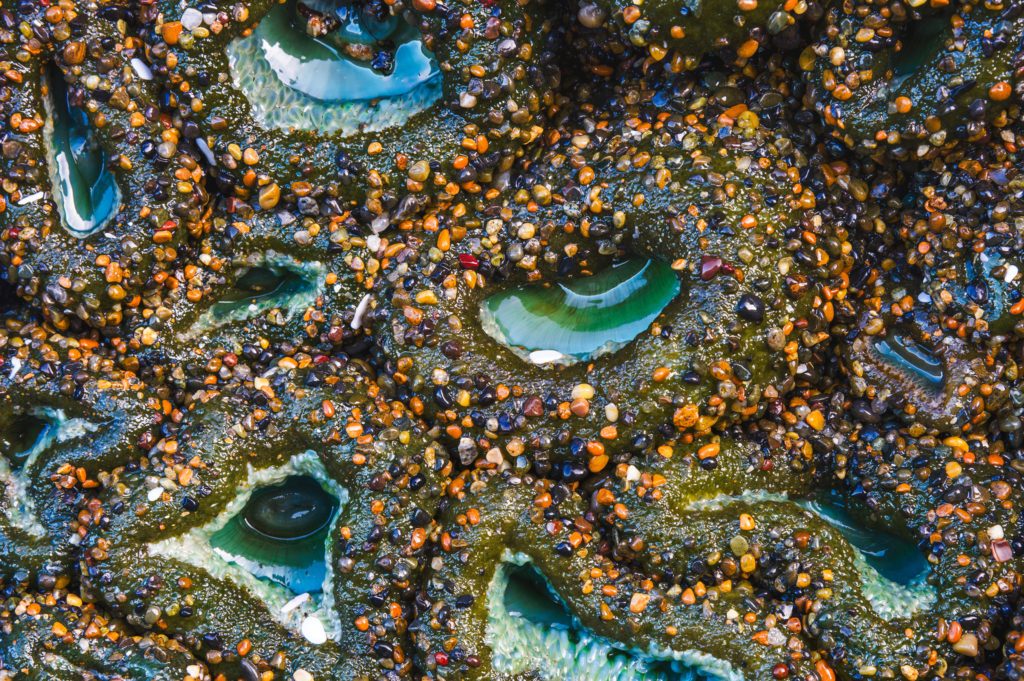
SIGMA fp L + 65mm F2 DG DN | C
1/5s, F11, ISO 100
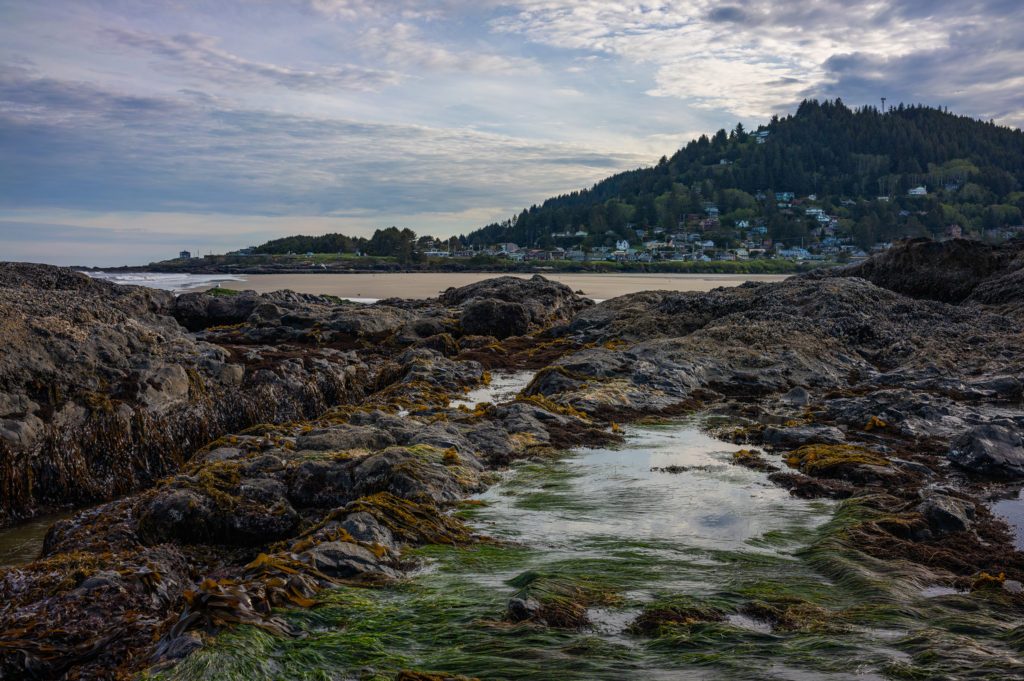
SIGMA fp L + 24mm F3.5 DG DN | C
1/1000s, F6.3, ISO 400
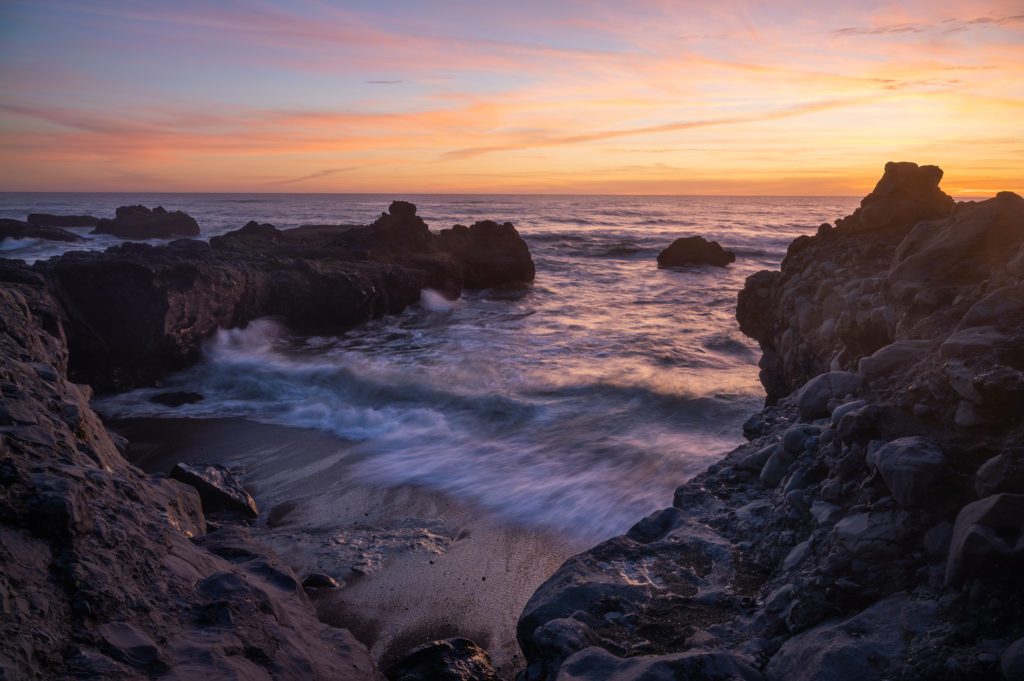
SIGMA fp L + 24mm F3.5 DG DN | C
3/10s, F14, ISO 100
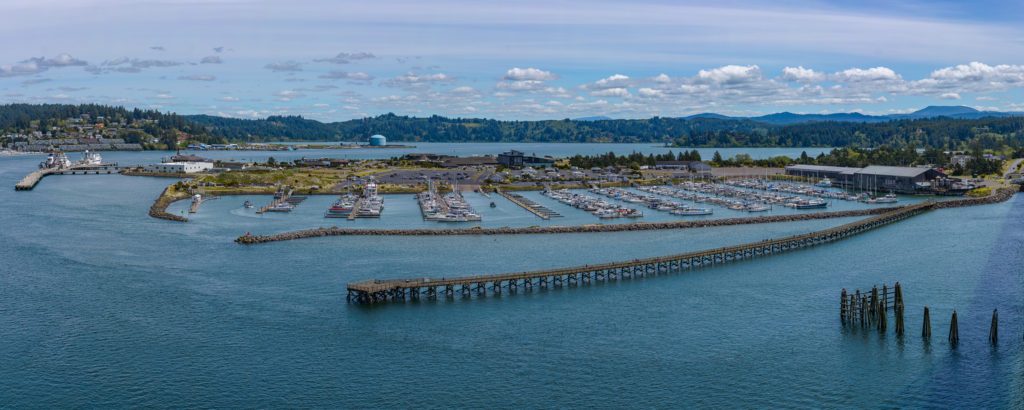
SIGMA fp L + 65mm F2 DG DN | C, 1/200s, F13, ISO 100
